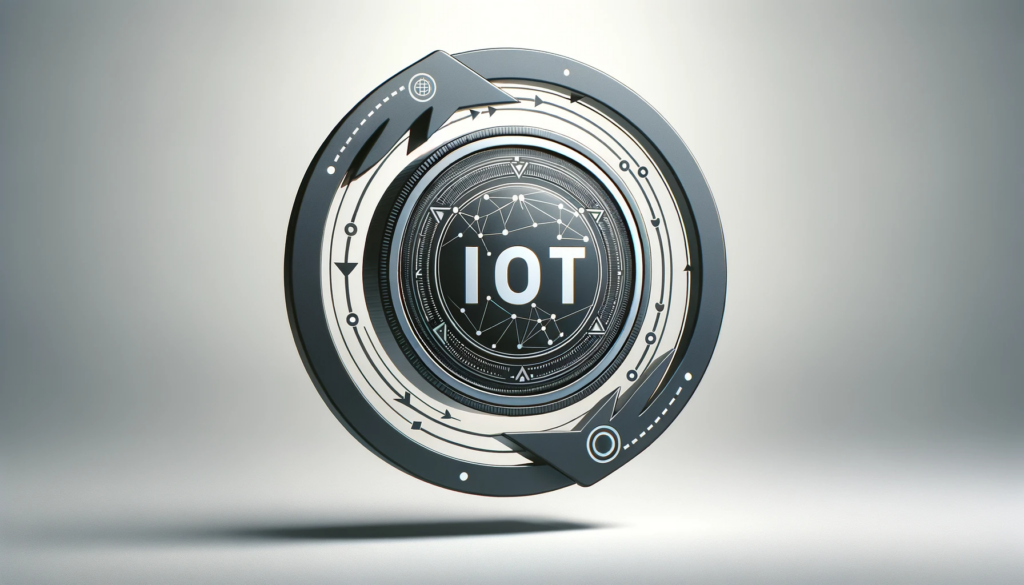As the perennial question of security in IoT remains inconclusively answered, Device Lifecycle Management (DLM) has emerged as a critical discipline. Although just a string in the bow of complete cybersecurity strategy, DLM encompasses a holistic approach to managing a device’s journey from its initial design to its eventual retirement, contrasting significantly with the management of devices outside the DLM purview, which often remain susceptible to security vulnerabilities due to outdated protocols and infrequent updates. For organisations in the IoT sphere, embedding DLM practices is crucial for navigating the intricate web of cybersecurity challenges.
DLM in IoT examined
Traditionally, DLM in IoT centred around deployment and maintenance, ensuring devices remained operational. However, as IoT networks have evolved and the complexity of cybersecurity threats has increased, DLM has expanded to include comprehensive security measures. This transition is exemplified by firms like IBM and Intel, who have incorporated rigorous DLM protocols into their IoT products, setting industry standards for lifecycle management.
The essence of DLM in IoT lies in ensuring that firmware and software are consistently updated to mitigate security risks, a practice often overlooked in devices not governed by DLM protocols. For instance, Cisco’s networking devices under DLM regimes receive timely security updates, in stark contrast to unmanaged IoT devices that may operate with outdated firmware. Moreover, DLM involves ongoing performance and security monitoring, differentiating significantly from the ‘deploy and forget’ approach seen in some IoT deployments.
In sectors such as healthcare and automotive, DLM plays a vital role. GE Healthcare, for example, implements DLM in managing connected medical devices, ensuring both compliance and security. Similarly, Tesla’s approach to managing their connected vehicles through DLM showcases how lifecycle management can enhance both functionality and security. However, implementing DLM in diverse IoT environments poses challenges.
How organisations can adopt DLM
To effectively integrate lifecycle management procedures, companies can adopt several strategies, one of the most efficient being the implementation of specialised software solutions. These software platforms are designed to automate and streamline various aspects of DLM, providing a centralised system for monitoring and managing IoT devices throughout their lifecycle. For example, IBM’s Maximo Asset Management software offers tools for tracking and managing assets, scheduling maintenance, and ensuring compliance with industry standards.
Additionally, companies can partner with IoT platform providers like Microsoft Azure, which offer integrated tools for device management, security, and analytics. These platforms not only facilitate the automation of DLM processes but also provide valuable insights into device performance, helping companies make data-driven decisions regarding maintenance, updates, and end-of-life strategies. By leveraging such technologies, organisations can significantly enhance their DLM capabilities, leading to improved security, operational efficiency, and a stronger return on investment in their IoT initiatives.
Conducting an infrastructure assessment: undertaking a thorough evaluation of existing IoT infrastructures to identify the range of devices and their current management states.
Breaking it down into steps, the process of DLM runs along these principles:
- Establishing standardised protocols: creating standardised processes for software updates, security patches, and routine maintenance.
- Embedding security from the design stage: incorporating security measures right from the design phase, embracing the ‘security by design’ principle.
- Fostering staff training and awareness: Investing in training programmes to educate staff about DLM best practices.
- Utilising automation and AI: Employing automation and AI technologies for efficient device monitoring and management throughout their lifecycle.
Why DLM is crucial in IoT
Successfully integrating DLM within IoT infrastructures brings enhanced security, compliance, extended device longevity, and improved operational efficiency. In the retail sector, where IoT devices are integral to inventory management, DLM ensures these devices remain secure and fully functional, thereby optimising business operations.
For organisations immersed in the IoT world, adopting DLM is a strategic imperative for securing their interconnected systems. While embedding DLM into current operations presents challenges, the advantages in terms of heightened security and operational efficiency are substantial. As IoT continues to advance, the role of DLM as an essential component of IoT strategy grows increasingly important, ensuring the longevity and security of IoT deployments.
There’s plenty of other editorial on our sister site, Electronic Specifier! Or you can always join in the conversation by commenting below or visiting our LinkedIn page.
